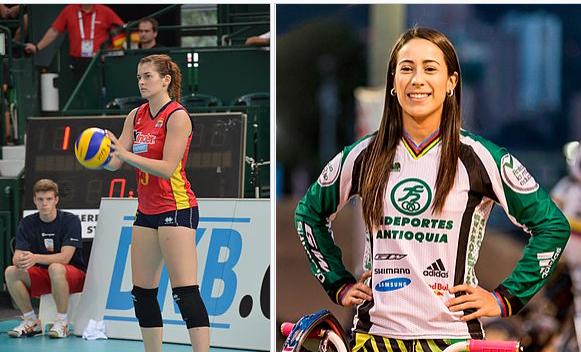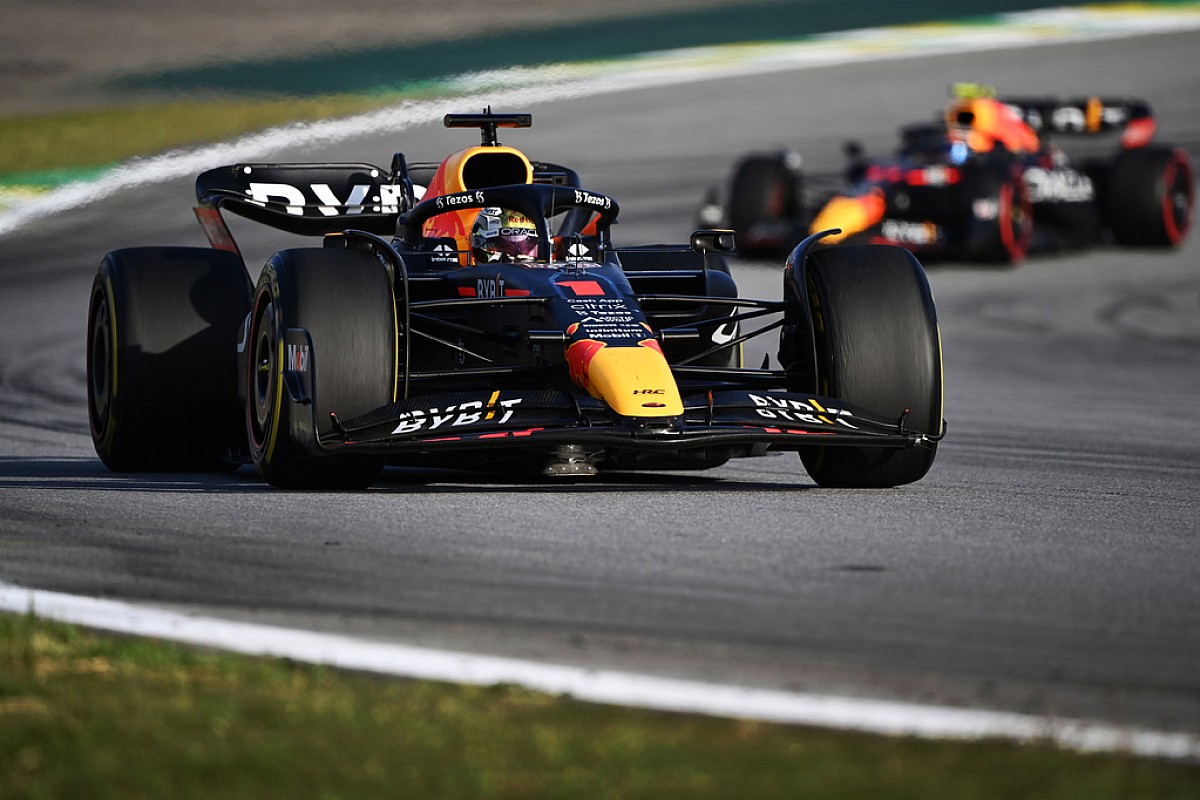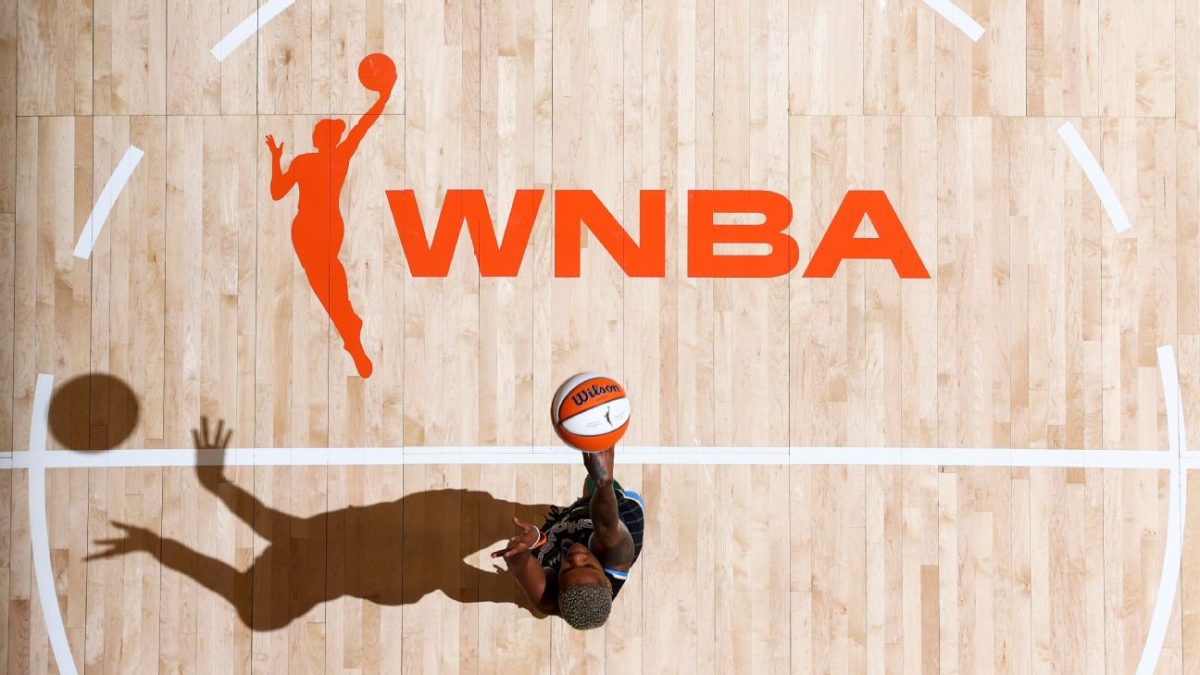Women’s sports have historically received less recognition compared to men’s sports; are we making progress toward changing this longstanding disparity?
Over the decades, progress in women’s equality, particularly in sports, has been undeniable, yet the pace of change remains a source of concern. Notably, there have been instances where the general public do show their support for women’s sports teams. The 2022 Women’s Euros set a new record with a staggering 365 million viewers. 50 million people tuned in to the final football match between England and Germany from their homes, with an additional 87,192 spectators filling Wembley Stadium. The appointment of Susie Wolff as the Managing Director of Formula 1’s all-female F1 academy marks a significant milestone, illustrating the increasing focus on creating dedicated platforms for female racers.
Moreover, there is a growing and impassioned campaign advocating for equitable pay and opportunities for female athletes. Both competitors and sports organizations have pushed the cause of gender equality in sports, striving to level the playing field with their male counterparts. The spike in viewership of women’s sports is particularly noteworthy, with 21.1 million people collectively tuning in to the 2023 FIFA Women’s World Cup through BBC during the entire tournament. The WNBA’s 2023 season also experienced a remarkable amount of views, over 36 million, marking the highest viewership since 2008 across all networks, a notable 27% increase from 2022.
However, these developments underscore a promising trend, yet there is still much work to be done to achieve true gender equality in the world of sports. The men’s 2022 World Cup generated $7.5 billion in commercial partnerships and sales, whereas the 2019 Women’s World Cup only generated $90 million in television advertising revenue. 16.4% of professional athletes are women and 83.6% of professional athletes are men. This is to say that there is a systemic barrier in the sports industry which needs to address these rates of women not having the equality they deserve.
The Equal Pay for Team USA bill, which mandates that women on international teams must earn the same as males, was passed by Congress in late 2022. Then this year there was when the Women’s Tennis Association stated that more contests, including the Grand Slam championships, would award equal prize money to male and female competitors. While all this has been happening, according to a recent CNN analysis, women competing in the 2023 World Cup will receive 25 cents for every dollar earned by males, an amount which has quadrupled from the previous tournament but still far less than their male counterparts. In the WNBA the yearly average salary for the athletes was around $102,000 while in the NBA, the average was around $8.2 million per year. In football, the highest ever transfer fee for a male player was a record of €222 million (CAD $319,023,886, adjusted due to inflation) while the highest record for a female transfer fee was £400,000 (€462,790, CAD $665,098, adjusted due to inflation).
Significant improvements have been made over the last 50 years in terms of women’s equality. However, there is an ongoing need for further advancement and gender equality in sports. Overall, by promoting and advertising women’s sports, vouching and showing support, more female role models and eliminating the gender pay gap, there can one day be the equality all women in sports deserve.








